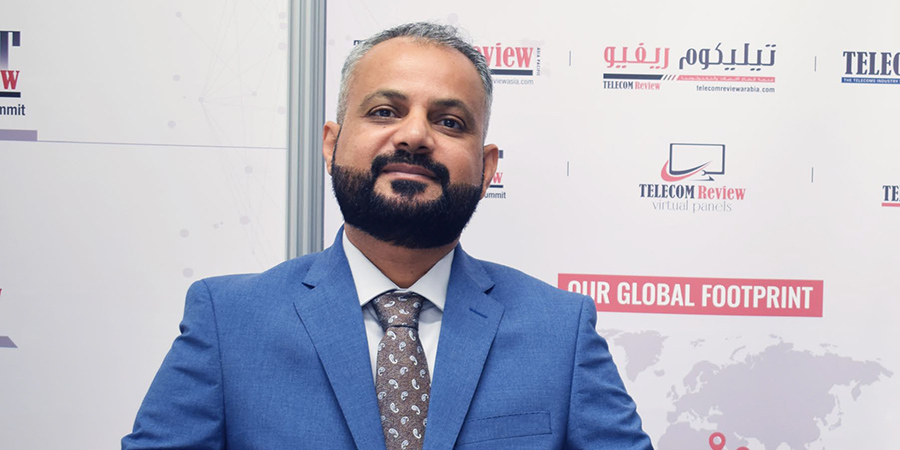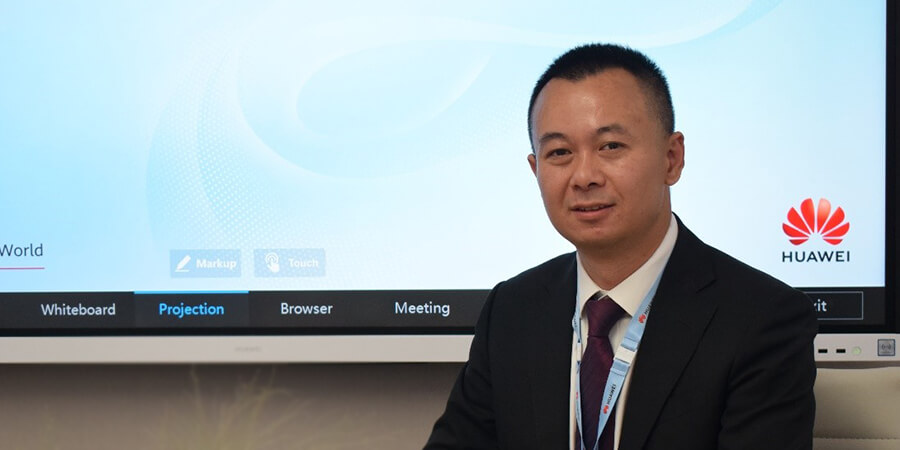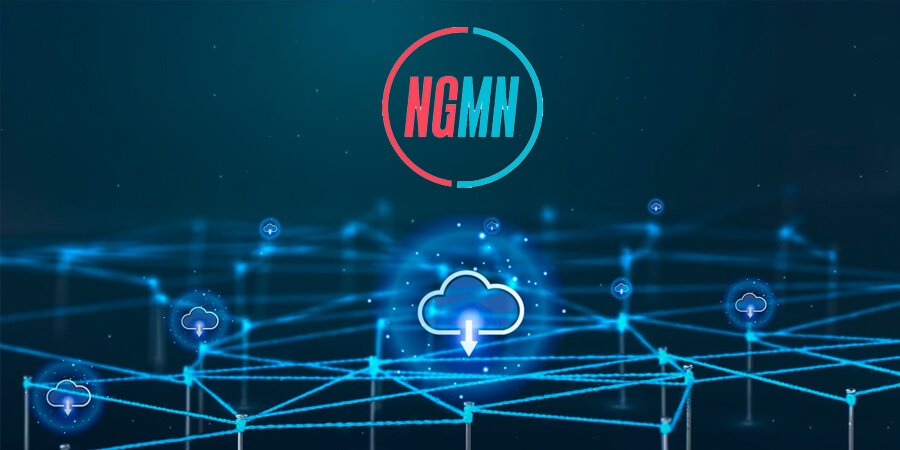As revenues from voice and data services continue to subside, cloud services offer a perfect chance for communications service providers (CSPs) to drive growth by building out new income streams. Their expertise in network infrastructure and connectivity makes the move into infrastructure-as-a-service (IaaS) a natural step for CSPs. However, the cloud market is dominated by major players such as Amazon, Microsoft and Google, so direct competition would be a huge challenge for telcos. Referring to that, where does the opportunity lie?
Verizon's State of the Market: Enterprise Cloud Report 2015 found that 93% of organizations are using services from two or more cloud providers, while around a fifth are using over ten providers. This gives a clear indication that there is no one-size-fits-all approach to cloud. Businesses prefer multi-cloud environments, using services delivered by a whole host of providers to enjoy the range of unique benefits enabled by each.
This is creating an incredibly complex and fragmented cloud ecosystem, which has in turn created a real opportunity for CSPs to step in as the cloud aggregator, relieving their customers of a management challenge by bringing everything together seamlessly.
Telcos clearly have a great opportunity to create a unique value proposition around multi-cloud connectivity and the support of partner ecosystems. However, aside from the challenges involved in migrating workloads and systems from legacy infrastructure, orchestrating such a diverse portfolio of cloud services could quickly become a major management migraine if CSPs are unable to simplify the process and deliver their services efficiently. So how can they go about delivering these services? The following three steps will help CSPs to reduce the challenges of managing multi-cloud services and maximize its profitability.
The first challenge to overcome as CSPs look to support multi-cloud connectivity is creating a unified ecosystem where different cloud and on-premises services can be fully integrated. This has typically been achieved by cloud orchestration teams building point integrations between each cloud deployed in the ecosystem and manually migrating workloads and data from legacy infrastructure. Specialist teams have been responsible for spinning up the necessary components from each vendor's cloud infrastructure and connecting everything together so that the IT services being supported work seamlessly.
This can turn into an incredibly time-consuming task and will significantly increase the cost of multi-cloud delivery if CSPs try to handle the process manually. Simplicity is the key, so CSPs should be looking at ways in which they can automate the orchestration process to the extent that support teams can effectively build an IaaS solution 'out-of-the-box', using components from the full variety of infrastructure vendors within their portfolio. This should be supported by the capability to deliver migration-as-a-service, allowing for automated workload migrations. This approach will also help to accelerate the process of transitioning customers onto their cloud platform, creating a better service experience for both the user and the operator.
The second step is to prepare the team to become centralized.
If they continued down the traditional approach of having different teams working on separate APIs and diverse user interfaces across each of the vendor clouds in their portfolio, the costs of delivering multi-cloud would rocket for CSPs. As such, they need to be moving towards a centralized team that is equipped with a single and unified set of tools and user interfaces that they can use to manage the entire multi-cloud ecosystem.
This approach offers two primary advantages. Firstly, the process of managing cloud services on the back-end becomes far easier for the CSP, thus reducing the need for expensive skills to support each cloud vendor's solution. Secondly, this approach will also help to simplify billing procedures and reduce the margin for error. Rather than frustrating customers with a multitude of bills for different cloud services within their multi-cloud ecosystem, and risking billing errors creeping in, CSPs can instead offer a much simpler, single bill for all services rendered.
Finally, CSPs should look at how they can streamline their service to reduce the workload on their support teams where possible. One of the key areas they can do so is by enabling self-service for customers and implementing automation and orchestration capabilities to deal with the routine elements of the support process. This will vastly improve the value being delivered by more skilled workers by reducing the need for them to handle basic tasks such as scaling infrastructure up or down, onboarding new customers and generating bills. Instead, they can concentrate on areas where they can add real value, through service innovation and resolving more serious customer experience issues.
Ultimately, CSPs' roots lie in service provision, and this is where their greatest opportunity lies with the cloud. Given the growing drive towards multi-cloud, enterprises face a mounting management burden that will become almost impossible to handle alone. Rather than trying to take on the big cloud vendors directly, CSPs can offer customers far more value and derive far greater success, holding multi-cloud together and satisfying the growing need for a true cloud services provider.




















































